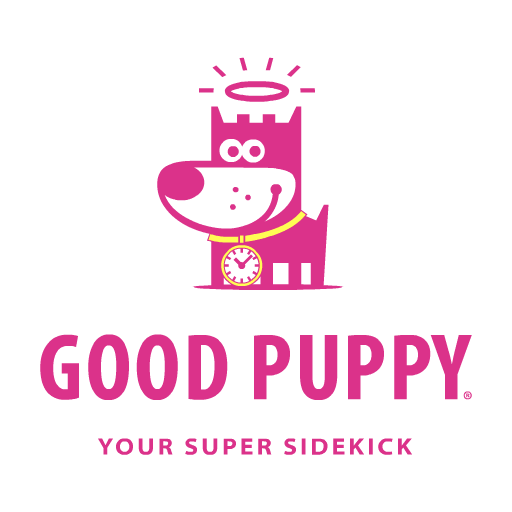THE PSYCHOLOGY
Behind Child Behavior Management & The Good Puppy System
A great deal of research has been conducted on Behavior Management.
In the 20th Century, B.F. Skinner, an American Psychologist, founded Radical Behaviorism – A field of psychology that focuses on observable human behavior. His legendary work provided the foundation of human behavior to modern psychology. B.F. Skinner's approach says that anyone can manipulate behavior by first identifying what the individual finds rewarding (Cautilli, Rosenwasser, & Hantula, 2003). Behavior Modification, or as Skinner called it, Operant Conditioning, is solely determined by consequences that lead to the modified behavior. Parents, educators and caregivers' deliverance of consequences through reinforcements or punishment, is the key factor to manipulate the exhibition or inhibition of a behavior. Therefore, identifying the correct rewards as an exchange for good behavior is called Positive Reinforcement; which is critical to the developing child (Goddard, 2012). Countless studies have shown that the most effective behavior management technique is promoting responsible behavior; instead of reacting to unwanted behavior. Experts agree that children need clearly defined limits. But while rules are imposed frontiers, agreements are well defined limits that children can understand, willingly accept, and respectfully follow while developing positive self-esteem. Behavior-specific praising has been linked to decreased disruptive behavior and increased student academic engagement.
Cognitive Behavior Modification, also known as Behavior Therapy or Cognitive Therapy, focuses on identifying maladaptive behaviors in order to change them. While covert methods of behavior modification can produce results, cognitive methods are more prone to last. Cognitive Behavior Modification gives children the tools to monitor their own thoughts in order to identify those that create anxiety or depression. In learning to change those thoughts, children change their feelings and can gain control of their reactions and behaviors. A study conducted in 2012 on children with high-functioning Autism Spectrum Disorder suggested that Cognitive Behavior Therapy intervention is effective in decreasing anxiety (by Raven, Culhane-Shelburne, & Hepburn, 2012). Children with Autism Spectrum Disorder are at a high-risk for developing significant anxiety. Anxiety impacts children's ability to function in schools, home and community environments. The research found that Cognitive Behavioral Therapies (CBT) are frequently used with success for children with anxiety symptoms (Walczak, et. Al, 2016).
The GOOD PUPPY Child Cognitive Behavioral System was created to aid parents, teachers and therapists in the management of children’s behavior.
This image-driven system is very easy for children to understand from a very young age and it is inclusive of children suffering from color blindness, dyslexia and some dissociative disorders. The GOOD PUPPY System is based on consequences, and curbs children’s behavior by providing them with a healthy structure customized to their personality type; reducing anxiety, introducing critical thinking and growing self-esteem. Reinforcements, rewards and a token economy work seamlessly with the discovery and understanding of personalities and emotions, teaching children social skills and to postpone gratification to work towards a long term goal. While building a healthy and balanced routine, children learn responsibility and are guided through the development of virtues and a strong moral code, on their way to becoming self-governed individuals.

